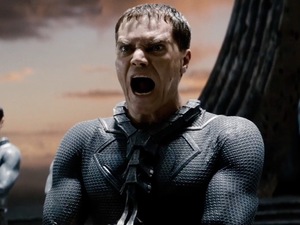But why are these myths so prevalent? Daniel J. Simons and Christopher F. Chabris has this to say, from their research article "What People Believe about How Memory Works: A Representative Survey of the U.S. Population" found on Plos One;
"The prevalence of mistaken beliefs in the general public implies that similar misunderstandings likely are common among jurors and could well lead to flawed analyses of testimony that involves memory. At least for these basic properties of memory, commonsense intuitions are more likely to be wrong than right. "
These myths are prevalent because. Aside from movies and comics that keeps on reiterating this urban legend, this particular myth became famous because of psychics. People that claims to be able to bend spoons with their minds, have ESP, photographic memories and other psychic abilities. They claim that they are able to do these things because they have unlocked more than 10% of their mind, and that you can do to! For a small fee that is.
Another memory myth made famous is that memory works like a video camera. Recording everything you see, hear, touch, feel, and taste as it happened. It's not, because if the brain pays attention to everything it ever sensed, we would be overloaded with information before we even walk out the door. Think General Zod without his helmet.
Here is an example on how absent-minded we can really be. Here Jeremy Dean from Psyblog, expressed his delight in his article "Absent-Mindedness: A Blessing in Disguise?" when he was asked to be a participant wherein they were asked to watch a video of people passing a ball between each other and asked to count how many passes were made.
"I sat watching the video, counting the passes. Then, after the video was finished, I was asked if I noticed anything unusual. I was completely bemused: "What do you mean anything 'unusual'," I said. "I've just seen people passing a basketball to each other. What are you talking about?"
The experimenter smiled and set the video clip running again, but this time with no instructions to count the passes. I watched in amazement as after about 30 seconds of people passing the basketball, a person dressed in a gorilla suit walks right through the centre of the scene, stops, turns, looks at the camera, then turns again and walks out of shot. The gorilla is visible for fully 5 seconds. I didn't notice a thing."
This experiment just shows how our memory is able to filter out information that it deems unnecessary. This doesn't really mean that our memory is bad, think of it as the mind's way of focusing on one object.


No comments:
Post a Comment